
Tata Curvv: A Much Clearer Look At Its Interior Ahead Of Its Unveiling
- Apr 22, 2024
- Views : 9159

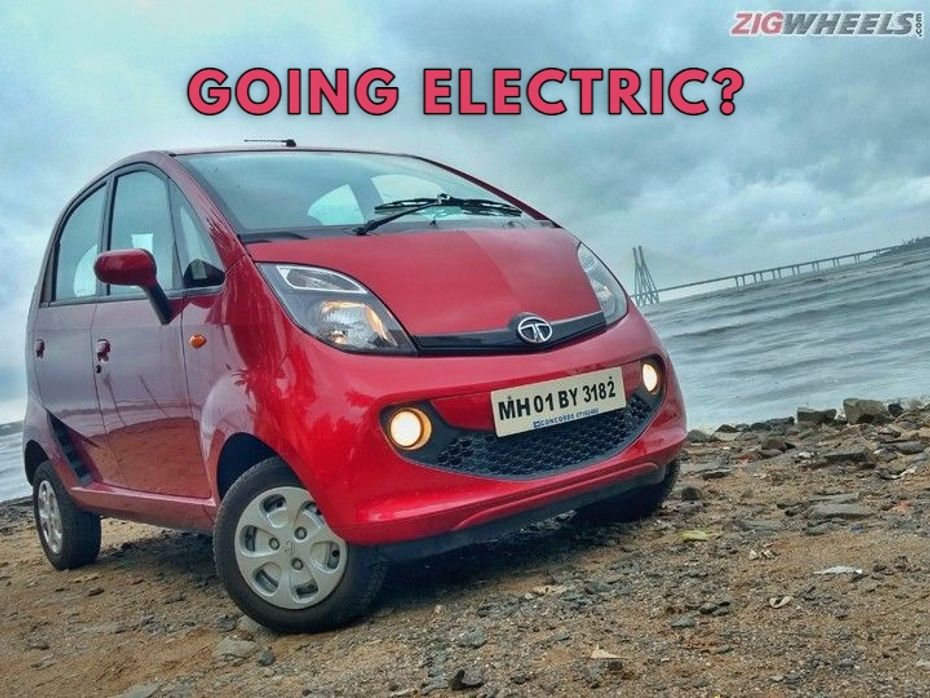
It’s been over two years since the Tata Nano went extinct, but reportedly, Tata could be working on bringing back its smallest car as an EV. The Nano was initially meant to be the most affordable car in India, but the idea never took off in the way that Mr Tata had envisioned.
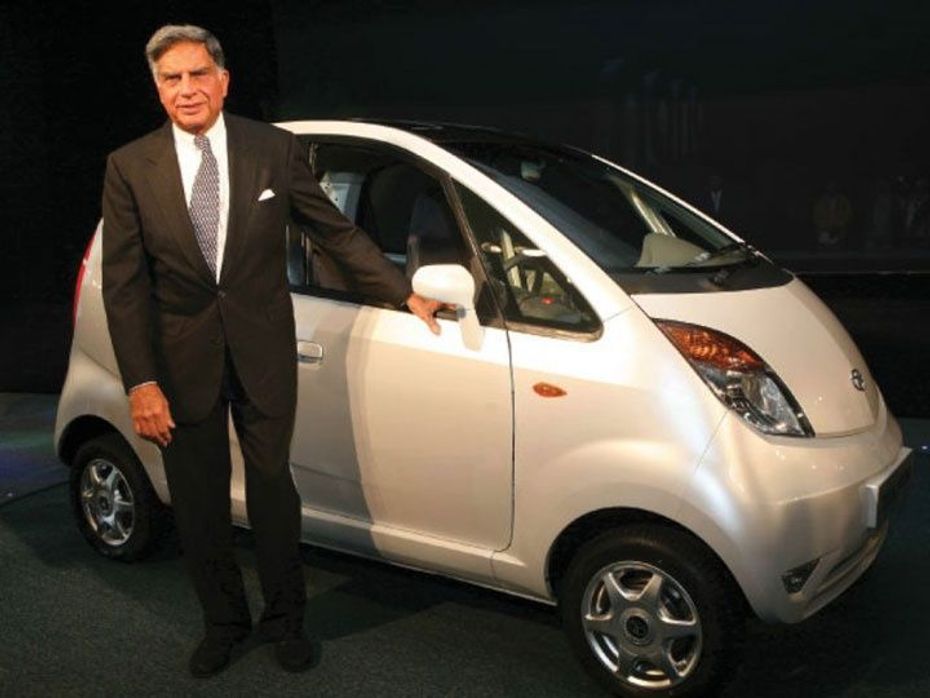
We reckon the Nano fell prey to its own marketing scheme resulting in excessive cost-cutting measures, but its revival, with an electric drivetrain no less, could just be what the doctor ordered.
Here are five things we wish the Tata Nano EV would offer:
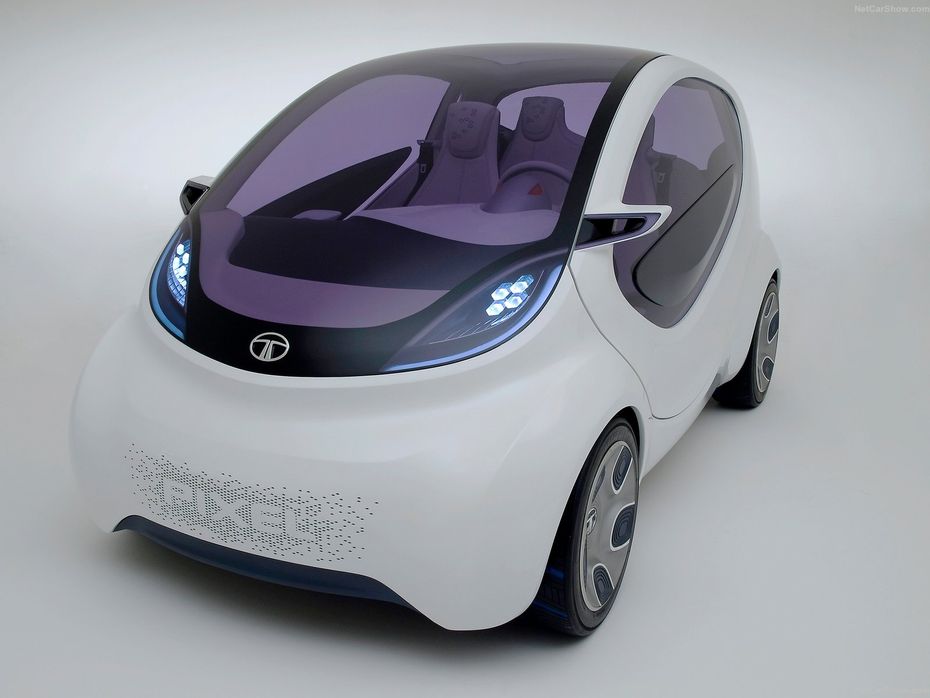
Tata Pixel concept for representational purposes
Small car design has evolved over the years, and the older Nano’s simplistic single-box design wouldn’t fly in the face of competition such as the stylish MG Air EV. The new Nano EV should be based on a modified or an all-new platform, allowing Tata to experiment with the stance and styling of the EV. Even so, having a small footprint similar to its predecessor would make it a fine city EV.
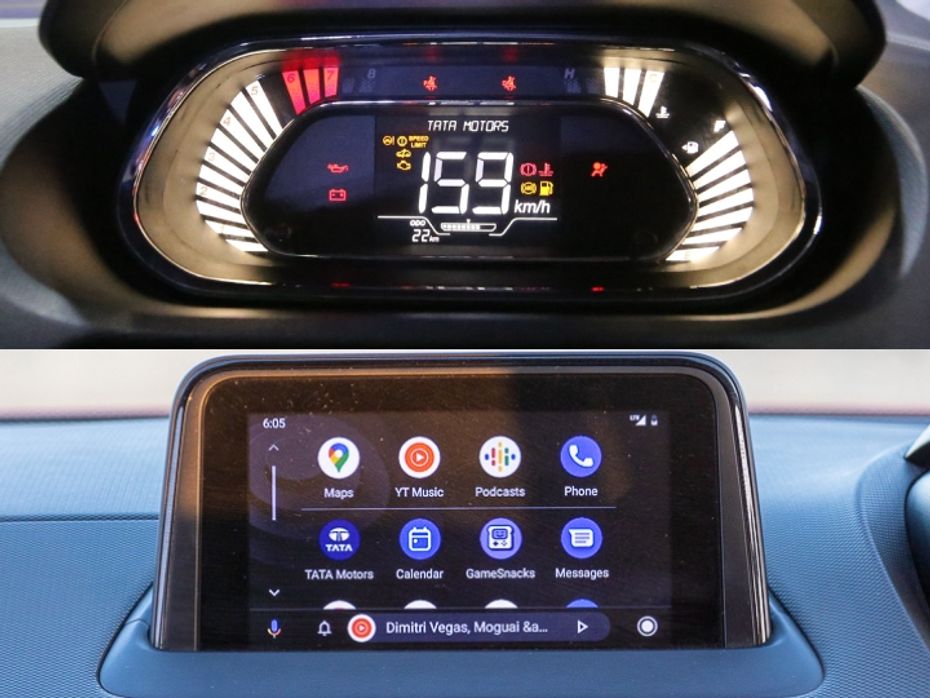
The ICE Nano was understandably spartan inside, but a refreshed cabin design and a few more features should make its revamped EV version more liveable. These include a touchscreen for infotainment, digitised instrument cluster and better amenities such as electrically folding mirrors, rear wiper and defogger and climate control.
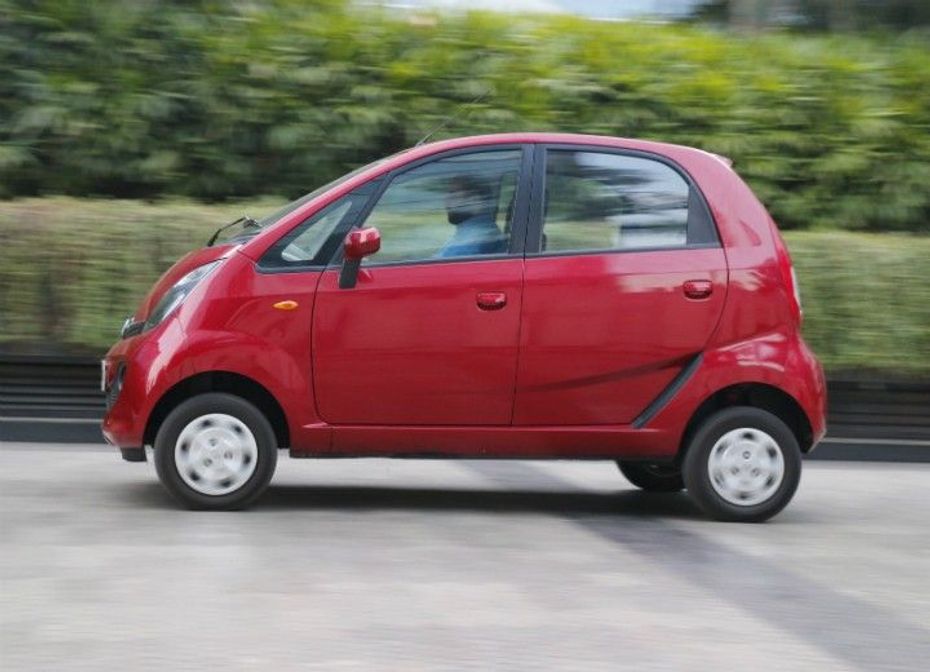
A quiet EV powertrain will go a long way to remedy the Nano’s noise, vibration and harshness (NVH) that the ICE version’s thrummy two-cylinder engine was known for. Moreover, the Nano should get improved sound deadening as well to offer a relatively premium cabin experience.
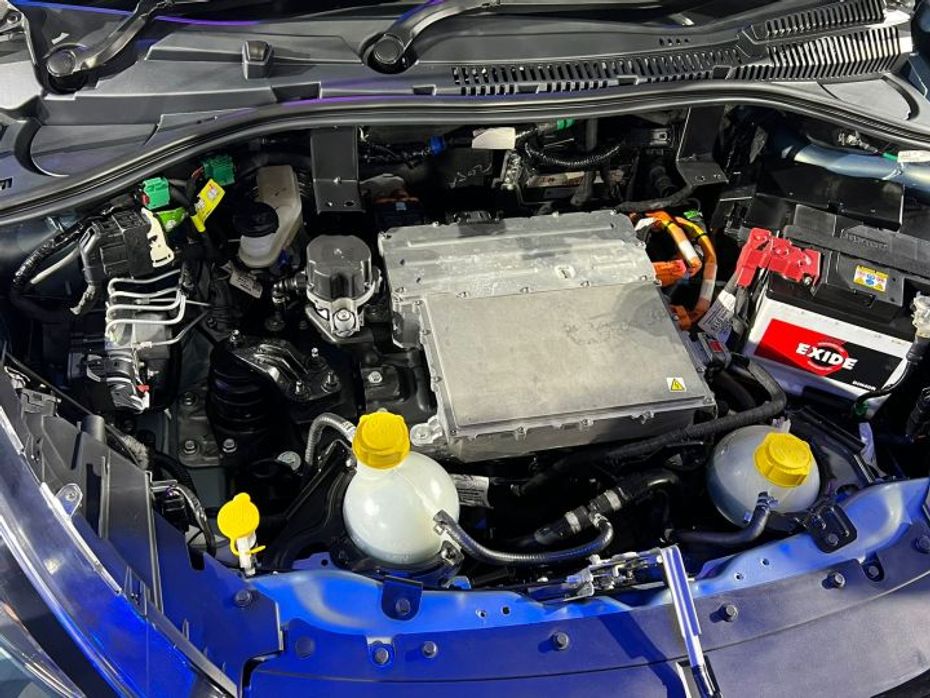
Cars such as the Nano EV are likely to be used primarily in the city, so it doesn’t need an expensive, high-performance electric drivetrain. A single 40PS e-motor should do the job, putting the Nano EV on a par with the upcoming MG Air EV and helping keep costs down. As for the range, the Nano EV would be better off with the Tiago EV’s base-spec 19.2kWh Lithium-ion battery pack, good for 250km of range in the existing electric hatchback. It should have fast-charging capabilities as well.
Tata is synonymous with safety, and even its compact cars such as the Tiago and Tigor have bagged four-star safety ratings in Global NCAP crash tests. The diminutive previous generation Nano got away with having appalling crash results, but the new Nano EV will have to be safer given how buyer preferences have changed over the years.
It’s likely to offer only government-mandated safety features (dual front airbags, rear parking sensors and ABS), but should also get a strong bodyshell, stability control (ESC), ISOFIX child seat mounts and a reversing camera (or at least the provision for it).
Tata Tigor EV With More Features, New Colour And Better Range Launched At Rs 12.49 Lakh
Tata Motors Continues To Bet On Diesel In India As Other Carmakers Ditch Oil Burners For Hybrids
PMV Eas-E Electric City Car Debuts In India Priced At Rs 4.79 Lakh
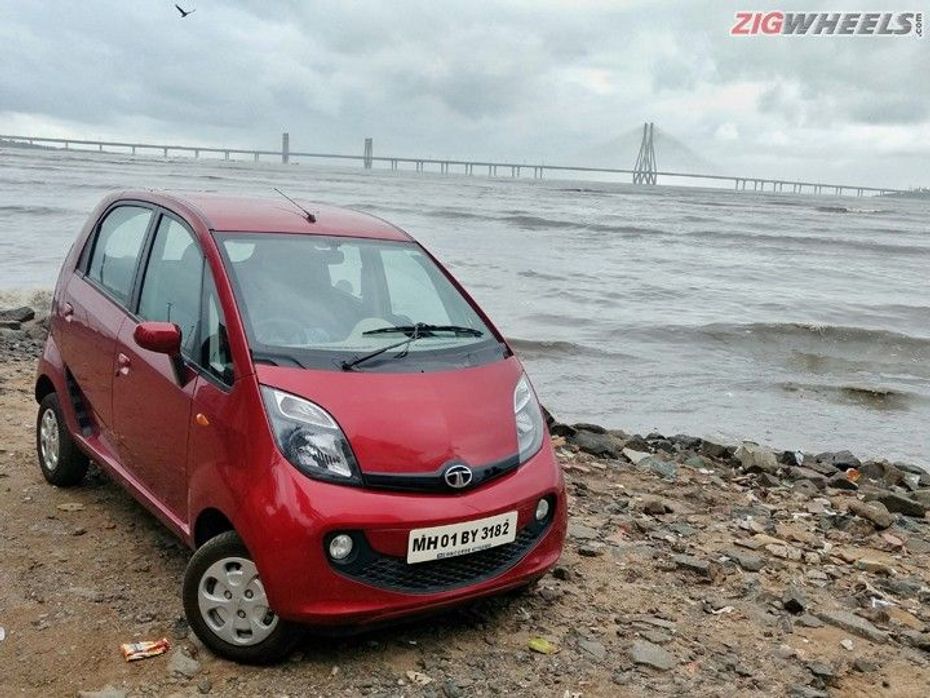
If it comes to life, the Tata Nano EV will surely be a lot more expensive than its predecessor. Nevertheless, it’ll likely still undercut the Tiago EV which starts at Rs 8.49 lakh (ex-showroom), making the Nano EV India’s most affordable electric car. It remains to be seen if and when Tata will announce the upcoming electric car for India.

Tata Curvv: A Much Clearer Look At Its Interior Ahead Of Its Unveiling

This Tata Car Has Been Announced As The Official Car For IPL 2024

2024 Tata Curvv Spotted, Sneak Peek At Its Interior Reveals This...

Tata Curvv: Lower-end Variant Spotted Testing For First Time

ICE-powered Tata Curvv SUV-coupe Spotted Testing For First Time

Mid-spec Toyota Urban Cruiser Taisor vs Top-spec Tata Punch: The...

Tata Curvv Spotted With One Significant ADAS Safety Feature

Tata Safari Facelift VS Mahindra XUV700: Real-world Performance...

Tata Nexon Dark Edition: All Details In 8 Images

Maruti Suzuki Rock N Road: Redefining the SUV Experience
India's largest automotive community